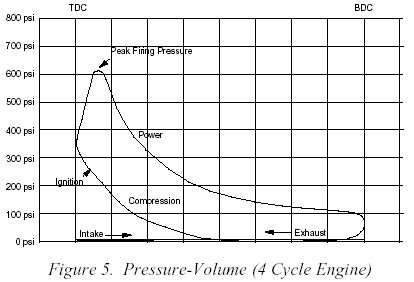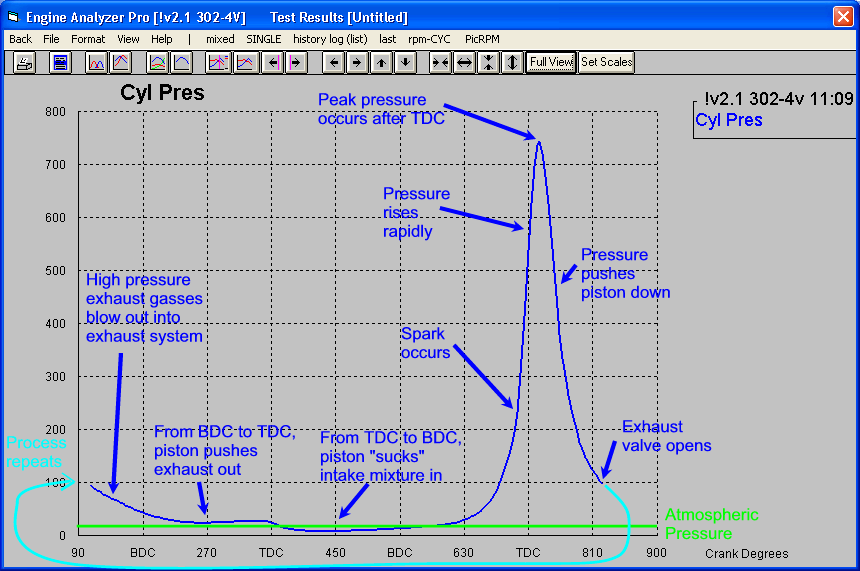I'm using Total Seal Rings, pt# CR3690-40. They're file fit rings. They have a 1/16, 1/16 and 3/16 ring package. Total Seal recommends the following ring end gaps-
Street, Strip, circle- bore x .0045" top ring, .0035" second ring, Min. .015" Oil Ring Rail.
Nitrous up to 150 HP- bore x .006" top ring, .0045" second ring, Min. .015 Oil Ring Rail.
I called Total Seal a while back and told them I might use a 75 to 100 HP max. nitrous system some time down the road. The tech I talked to said I could set the ring end gaps somewhere in between the above mentioned ring end gaps and should be fine.
I set my top ring end gap at .022" (.0054" x 4.040" bore) and my second ring end gap at .016" (.0039" x 4.040" bore).
My question is, do I set the oil ring rail gap at .015" or should I go a little bigger? I'd call Total Seal and ask them but I want to set the oil ring rail gaps tomorrow so I can do my finish cleaning and get ready to start assembling the motor.
Thanks, NYH1!
Street, Strip, circle- bore x .0045" top ring, .0035" second ring, Min. .015" Oil Ring Rail.
Nitrous up to 150 HP- bore x .006" top ring, .0045" second ring, Min. .015 Oil Ring Rail.
I called Total Seal a while back and told them I might use a 75 to 100 HP max. nitrous system some time down the road. The tech I talked to said I could set the ring end gaps somewhere in between the above mentioned ring end gaps and should be fine.
I set my top ring end gap at .022" (.0054" x 4.040" bore) and my second ring end gap at .016" (.0039" x 4.040" bore).
My question is, do I set the oil ring rail gap at .015" or should I go a little bigger? I'd call Total Seal and ask them but I want to set the oil ring rail gaps tomorrow so I can do my finish cleaning and get ready to start assembling the motor.
Thanks, NYH1!




